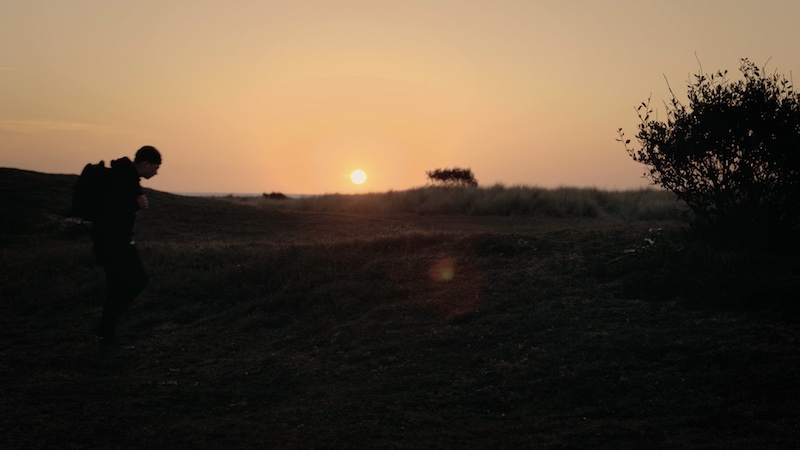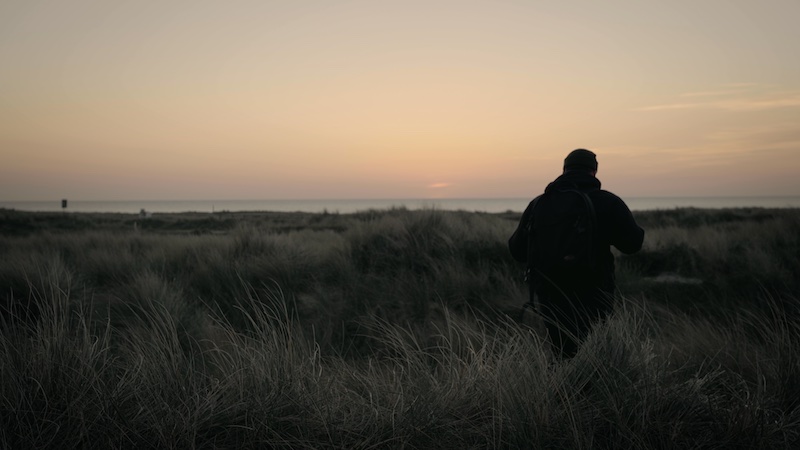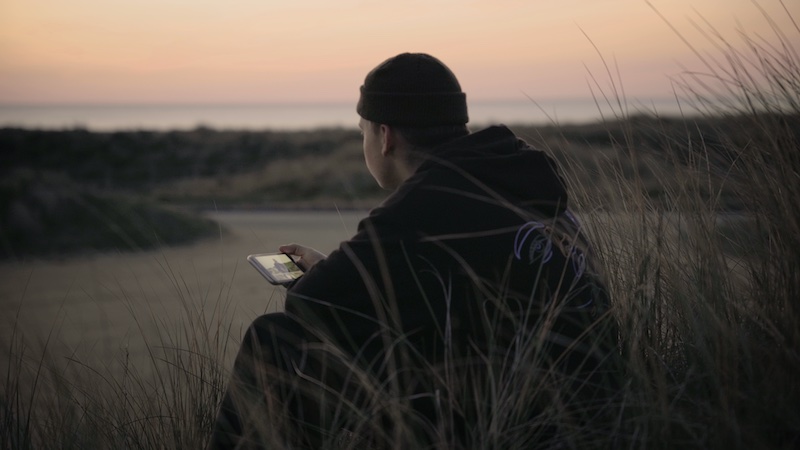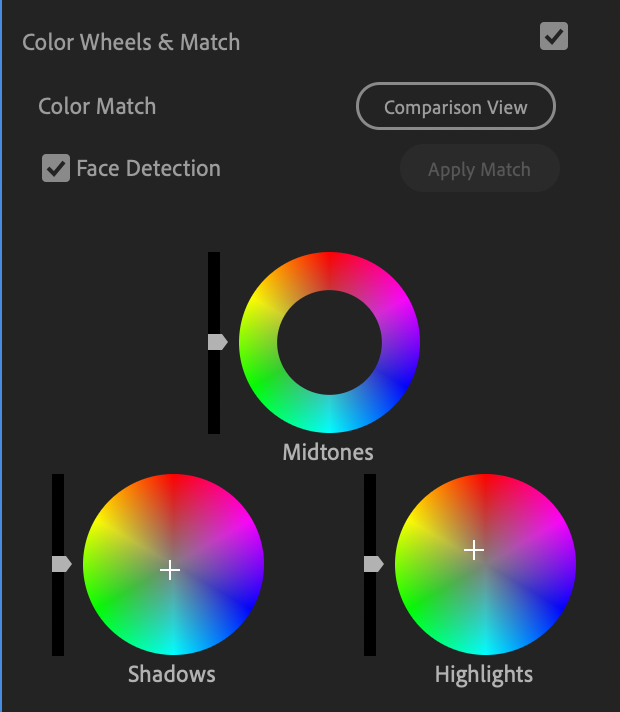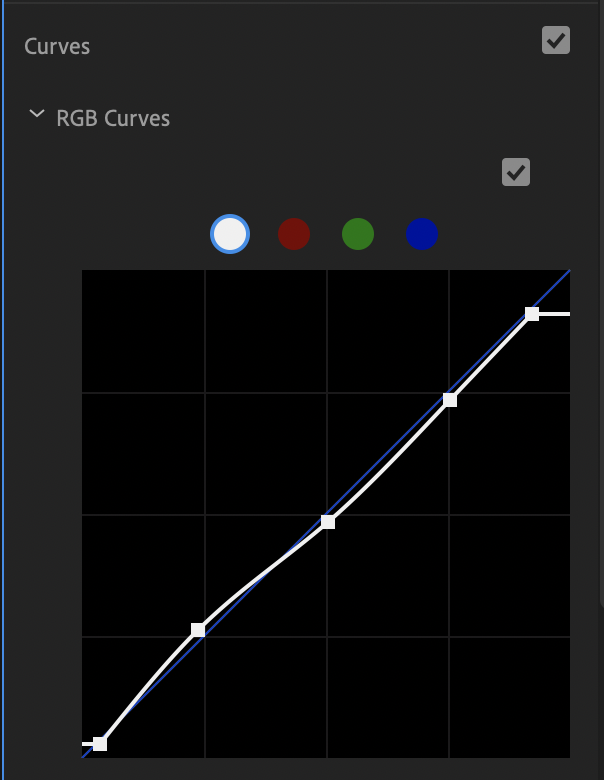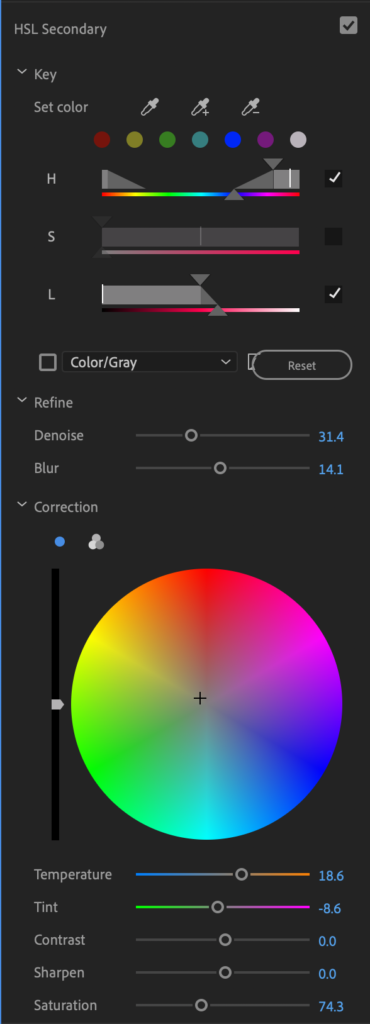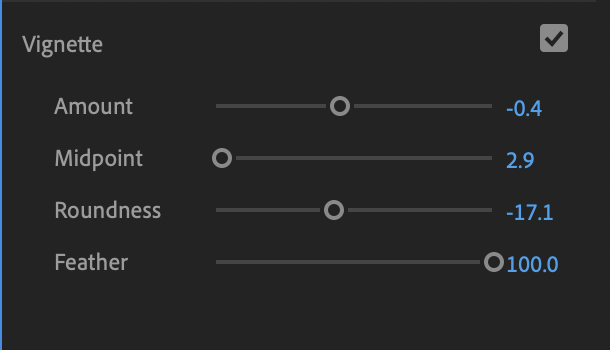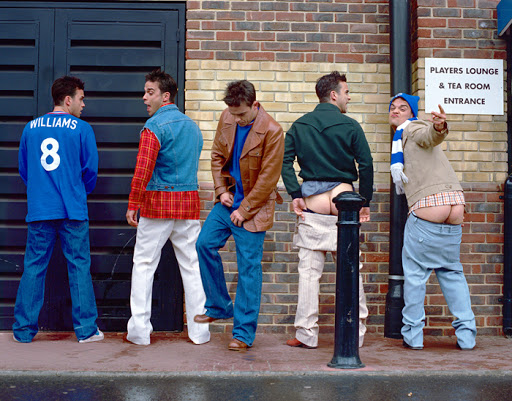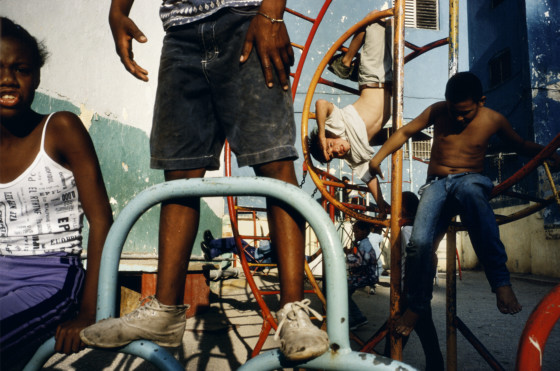SHOOT PLAN
WHAT / CONCEPT: For this shoot I plan to film myself walking through the sand dunes during sunset then sitting down to watch the church service. The idea behind doing this shoot and others which I will do later on is to show different people doing different activities and being able to watch and ‘attend church’ wherever they are.
WHERE / WHEN: I plan to film this down at the Sand dunes near Le Braye at St Ouen’s Bay around golden hour and into blue hour. This means I will start shooting around an hour before sunset up to about 40 minutes after sunset. This is because the light is at its softest and the graduation between the highlights and shadows is much softer and which makes the shadows look softer also. This means getting pleasing consistent light on the subjects face is a lot easier. I am using St Ouen’s Bay and the sand dunes because this the part of the island where the sunsets
EQUIPEMENT: because I will be filming myself, I will need a tripod so I can set up my camera as I walk through or act in the scene. I plan to use my 24-70 with an ND filter on the front. This lens has a very versatile focal range which means I can get a range from wide to mid-telephoto field of view. Because I will be shooting in 25fps, the shutter speed will need to be 1/50, the lens also goes as wide as f2.8 this means that I will need an ND filter to filter down the light coming into the lens, this filter acts like a pair of sunglasses for the camera. Because I plan on shooting at sunset, I want to capture as much dynamic range as possible, as a result I plan on shooting using S-Log which is a flat colour profile on my Sony A73. By using this setting I can recover more of the highlights and golden sky as well as having more colour grading flexibility when it comes to post-production.
BEST EDITED IMAGES – Stills from the clips
EDITING
Colour Correction – Log to Rec.709
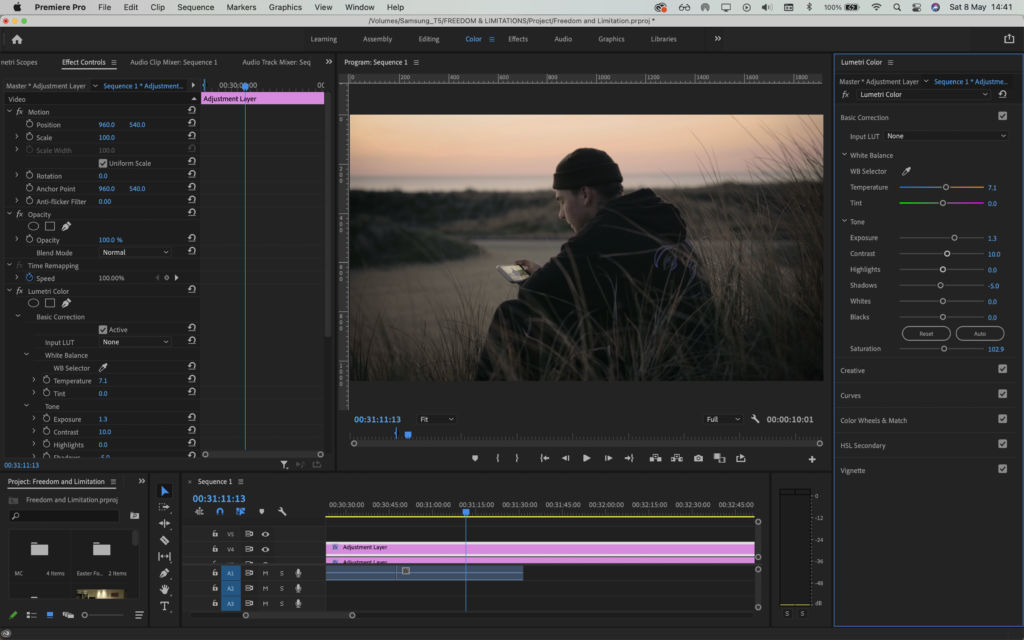
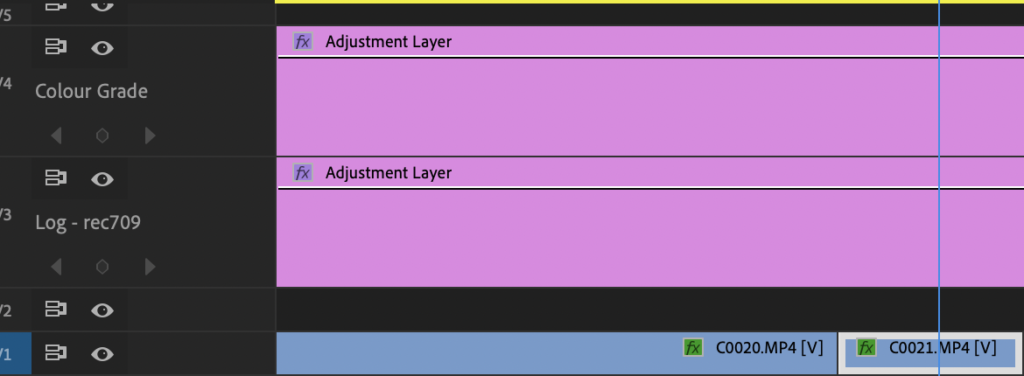
Stylistic Colour Grade

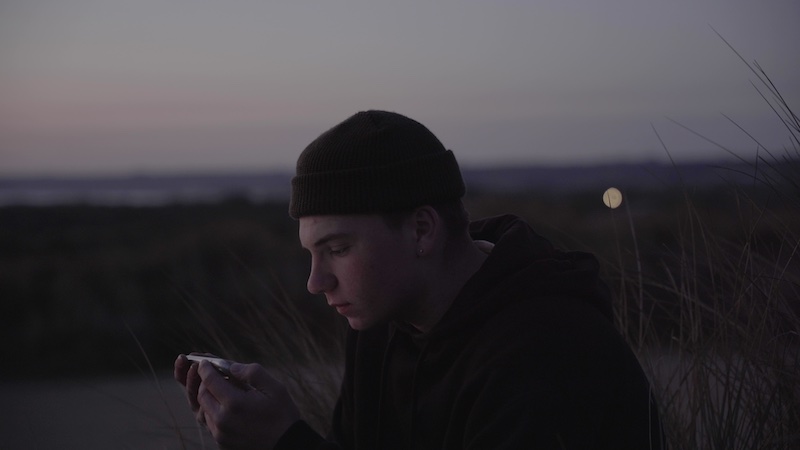


Log footage out of Camera 
Colour correct and Log to Rec.709 conversion 
Artistic Colour grade
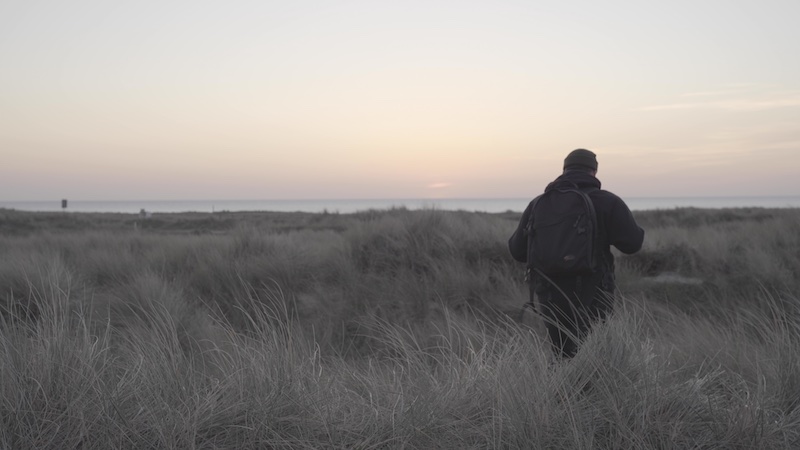
Log footage out of Camera 
Colour correct and Log to Rec.709 conversion 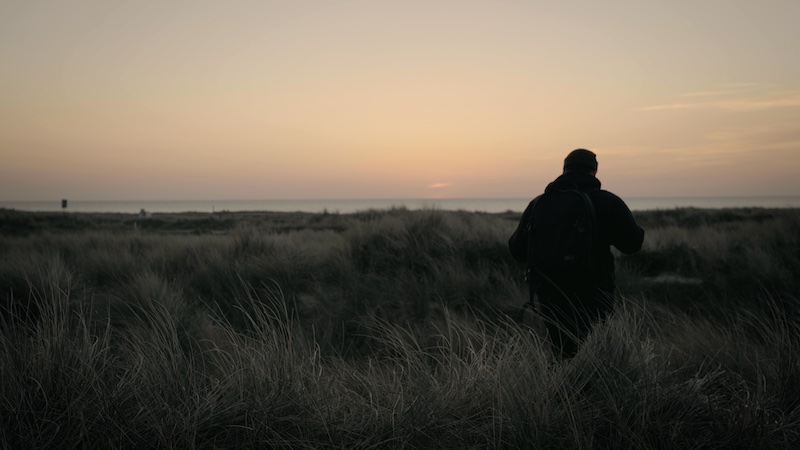
Artistic Colour grade


